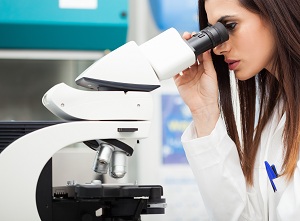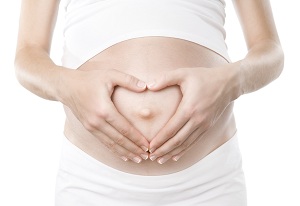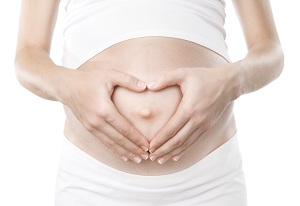Experimental treatments based on genetic editing are flourishing in recent years. Dr. Matthew D. Disney has chosen a different approach. The chemist has developed a molecule that acts on RNA and cancels the products of some genes. In fact, the procedure would allow to correct genetic defects with a pill. For the moment it is still science fiction, but the road seems to be the right one.
Research shows that RNA could be an excellent target for precision medicine. The molecule developed in fact acts on the group of molecules that regulates gene expression, not on the genes themselves. The drugs deriving from the Disney molecule would leave the genes intact, acting instead on their functions.
Approximately 70-80% of the genome is transcribed into the RNA. The latter, however, would be much easier to modify than the genes themselves. Just have the right tools, just like the Disney molecule. This acts in a selective way on a specific RNA molecule, destroying any toxic products of the genes. In this way it would avoid the occurrence of many genetic diseases.
Disney has called the new RIBOTAC technology. To test it the biologist has targeted the enzyme Rnasi L, which plays a critical role in the antiviral immune response. It is present in small amounts in all cells and serves to protect us from the intrusion of viral RNA. Thanks to RIBOTAC, Disney has destroyed a molecule of microRNA linked to it, decisive in the proliferation of tumors.
The Disney molecule has been shown to activate the natural defenses of the human body, destroying the RNA due to the tumors. However, the applications could be much wider and could even affect genetic diseases that are now incurable.
Source: scripps.edu
Add a comment





